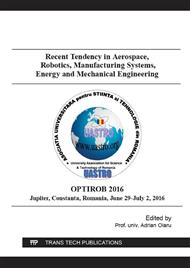p.227
p.234
p.240
p.253
p.260
p.266
p.272
p.278
p.286
Channel Attenuation Models over Ka Band Satellite Systems at Venezuelan Amazonian Area
Abstract:
The progressive congestion of the spectrum at low frequency bands, has obliged the need to use new systems which operate in higher frequencies, such as the Ka bands. The quality and availability of the signals in Ka band are seriously degraded by various climate phenomena, especially in the Amazon area. To keep the link properties in normal conditions (similar to clear sky conditions), is necessary to know the attenuation losses over the service area or footprint. For the Venezuelan Amazon region only Attenuation by atmospheric gases, Attenuation by rain and Scintillation and multipath effects, could be considered according to the ITU. The attenuation calculation is the first step to estimate the link budget and implement any communication service over Ka Band in the Venezuelan Amazon region. The aim of this research is modeling the channel attenuation for Ka band satellite signals and find a suitable attenuation data.
Info:
Periodical:
Pages:
260-265
Citation:
Online since:
June 2016
Authors:
Price:
Сopyright:
© 2016 Trans Tech Publications Ltd. All Rights Reserved
Share:
Citation:


